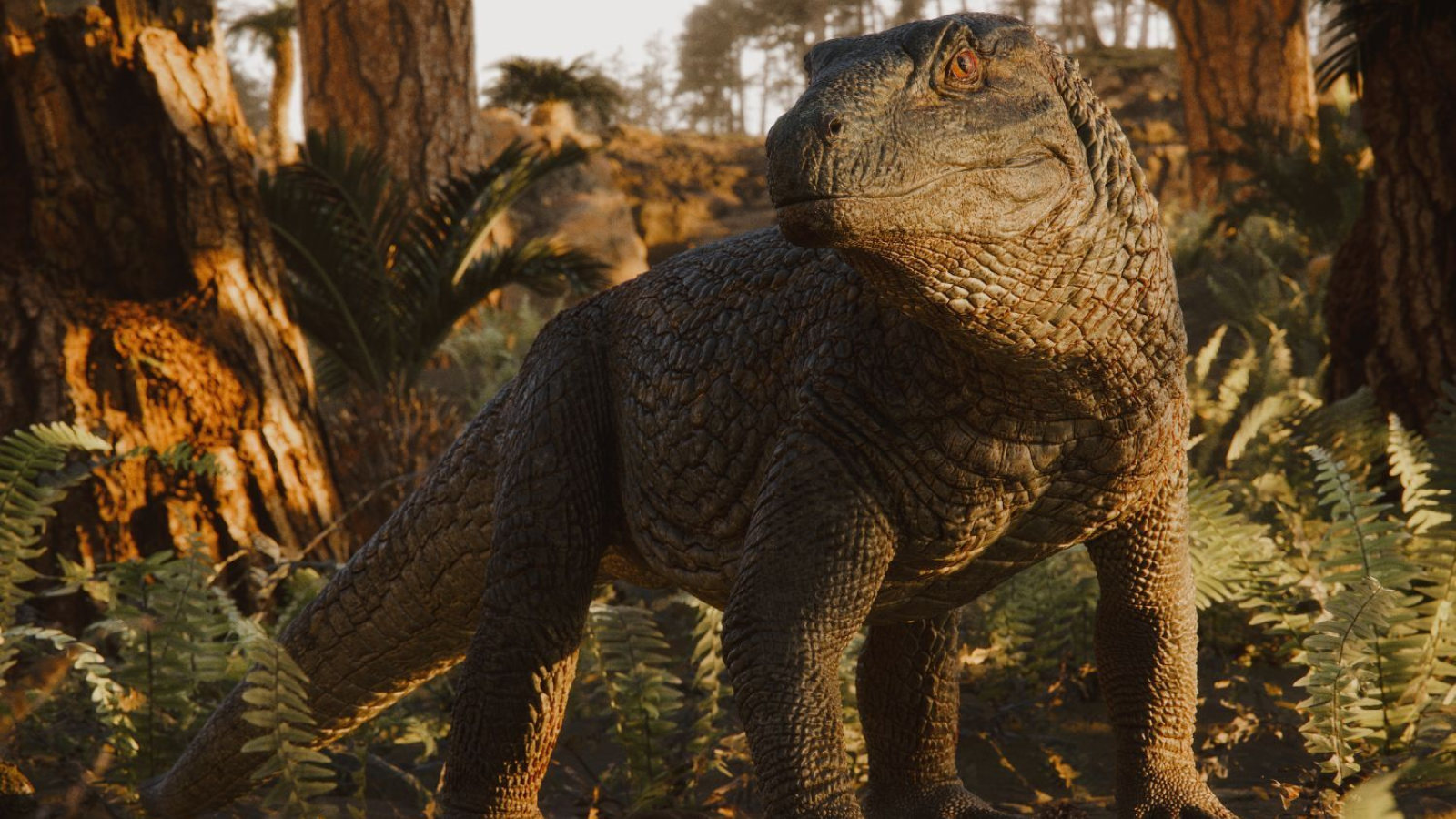Pandas Ready to Mate in Scotland

Will they or won't they? The Edinburgh Zoo's giant pandas Tian Tian (Sweetie) and Yang Guang (Sunshine) are arriving at a brief, once-a-year mating window and keepers are anxiously waiting to see if their matchmaking efforts will pay off.
"The annual panda breeding season is imminent and the next 24 hours are critical," Iain Valentine, who is in charge of pandas for the Royal Zoological Society of Scotland, said in a statement Tuesday (April 16) morning. "Tian Tian (the female) is not quite ready yet, however her hormones could peak as soon as this afternoon, this evening, overnight or early tomorrow morning — we are now that close."
Pandas are solitary animals in the wild and Yang Guang and Tian Tian are kept in separate enclosures at the zoo. But when they're both ready to breed, the animals will be brought together for a few 15- to 30-minute windows, mimicking how the lumbering bears would come together to mate and then separate in their natural habitat, zoo officials said.
"When the door opens the pair will probably wrestle once more to assess each other's strength, which is vitally important for animals of this size and power, and then things should progress from there," Valentine said in a statement. After letting the pandas go at it naturally, keepers will attempt to artificially inseminate Tian Tian before she stops ovulating.
Tian Tian and Yang Guang, both 9 years old, have had cubs before, but not with each other. The pair had a three-day fling last year, but did not conceive. Even after the couple gets it on this week, veterinarians won't know if the mating was successful until the summer. When a female panda fails to get pregnant after ovulating, she almost always undergoes a false pregnancy that looks the real thing with lots of sleeping, nest-making and a spike in hormone levels.
To get the pandas more comfortable with one another's scent, keepers had been letting the separated bears swap enclosures earlier this year. They also had been timing lighting levels inside both panda enclosures to simulate natural light levels outside, since this can affect the bears' all-important hormone levels. In February, zoo officials saw some encouraging signs: Yang Guang was doing handstands against the trees and walls in his enclosure to spread his scent and the normally quiet Tian Tian started calling out to him.
There are thought to be only 1,600 giant pandas left in the wild and their natural habitat is restricted to mountainous forests of China. Researchers maintain that captive breeding, which is notoriously difficult, is an important approach to study and conserve the endangered species. There are 44 giant pandas living in zoos outside of China.
Get the world’s most fascinating discoveries delivered straight to your inbox.
Follow Megan Gannon on Twitter and Google+. Follow us @livescience, Facebook & Google+. Original article on LiveScience.com.

